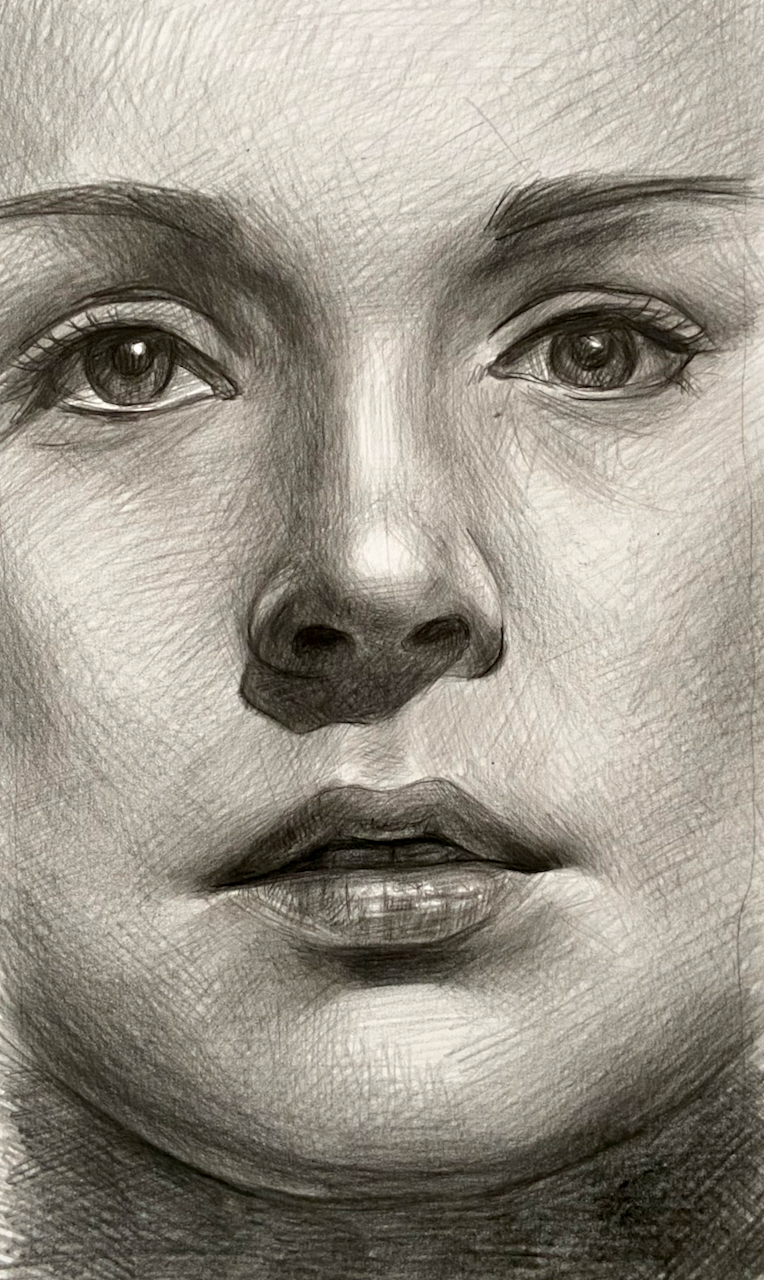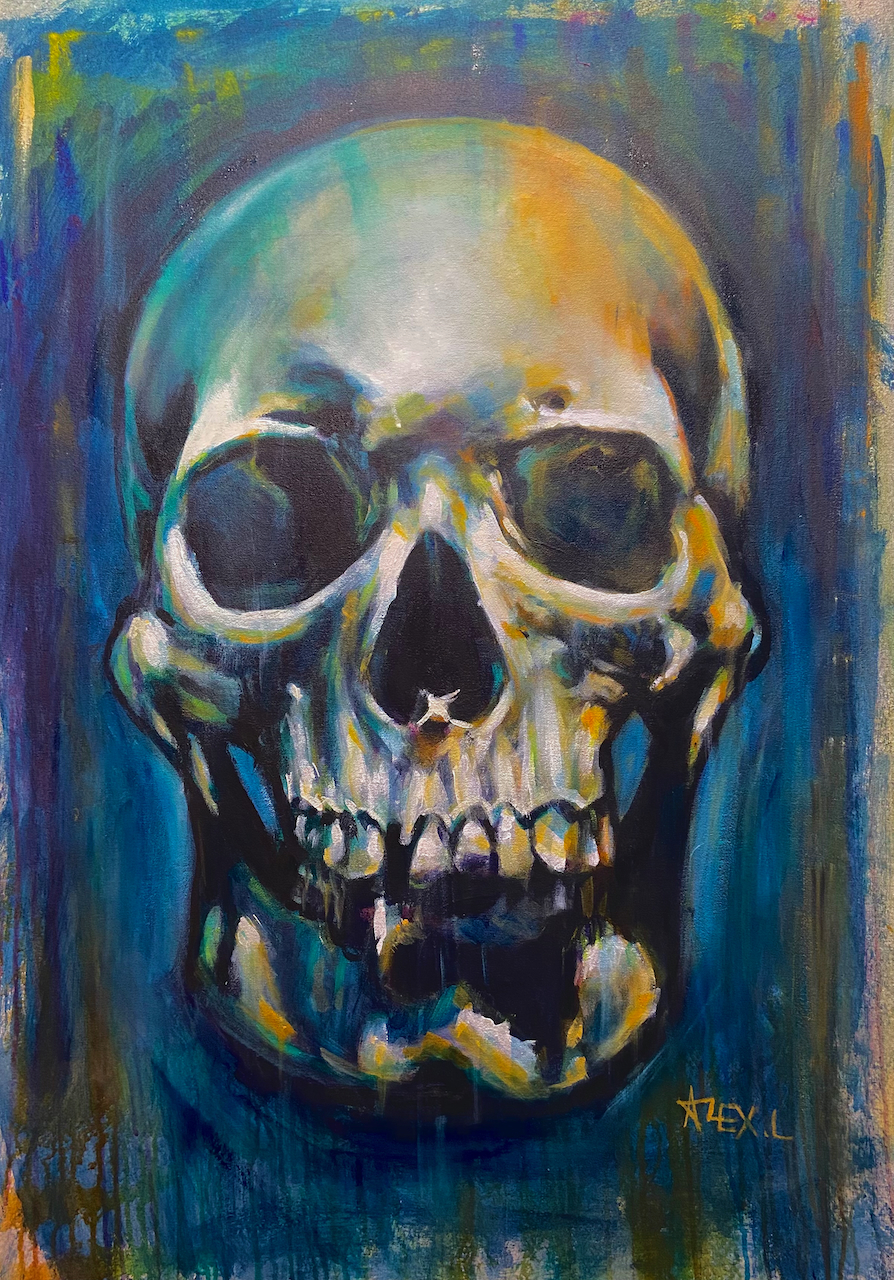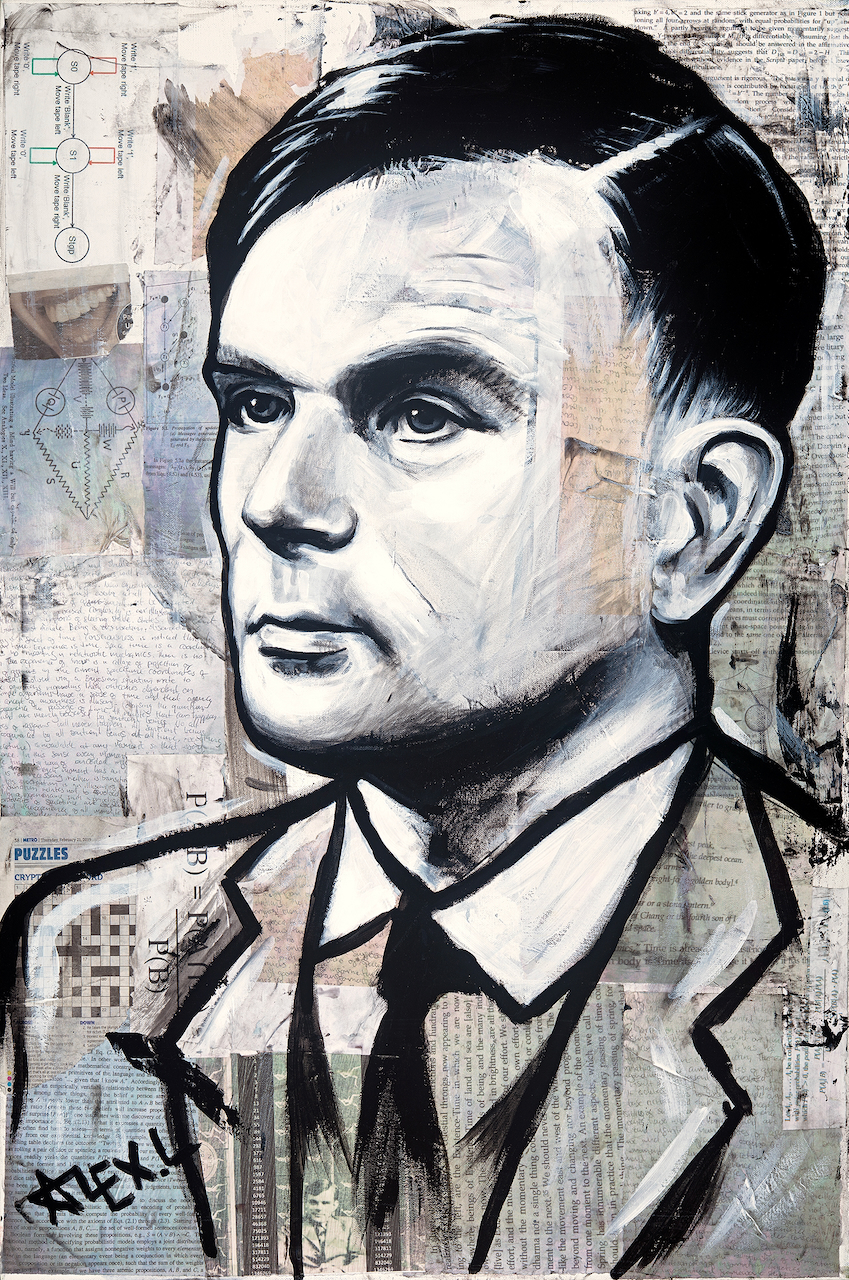Your basket is currently empty!
Author: admin
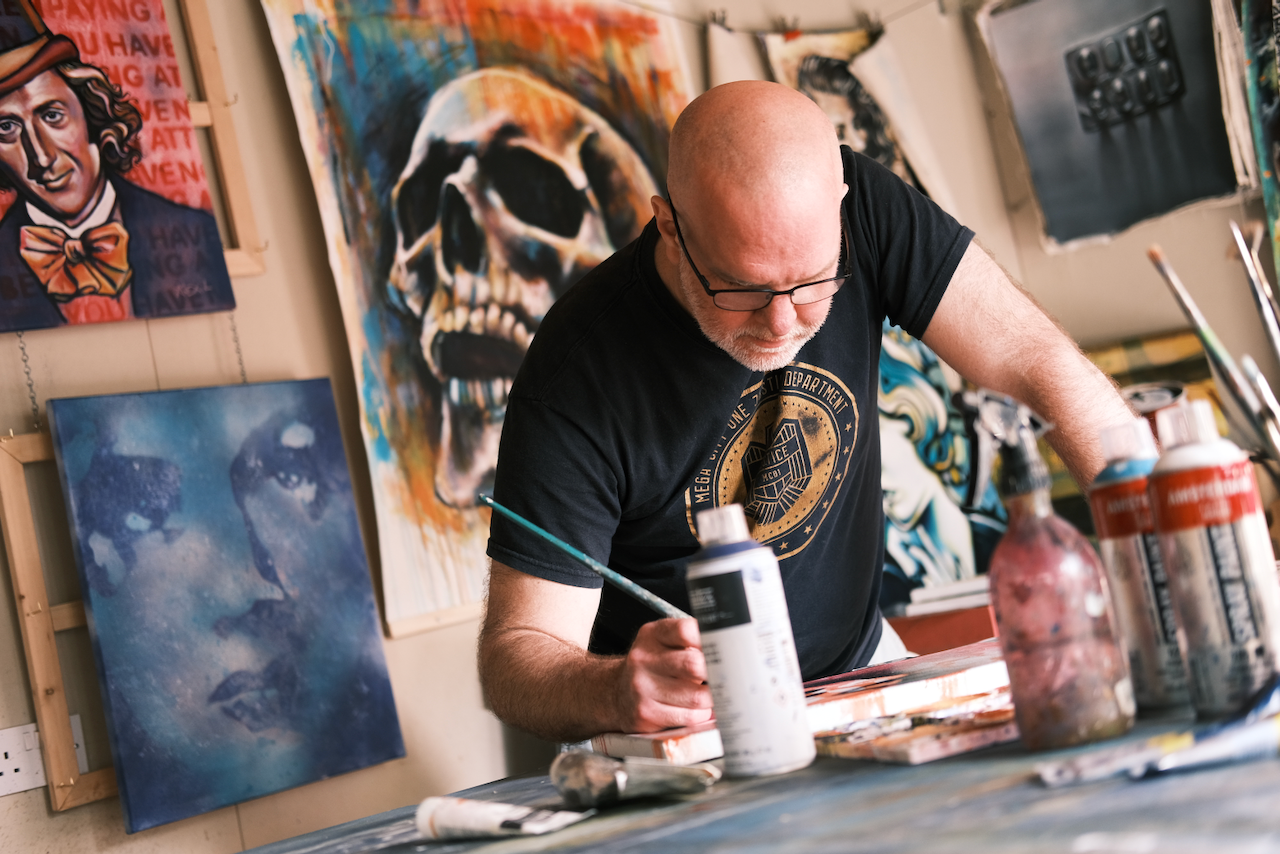
Are you the hero of my story?
Do you want a sense of what it’s like to be a trying-not-to-starve artist? Well that’s pretty easy to summarise: you spend most of your allocated art time on thinking about or executing actions and strategies for promoting yourself. Sometimes you snatch a bit of time to make art. But even in those cherished moments…

Peopled out but not down
People exhaust me. They do. I don’t mean that in a mean spirited or misanthropic way, although some people are genuinely exhausting. But I’m referring to people in general. Being autistic, processing and reciprocating human interactions takes a lot more processing power than for non-autistics. That doesn’t mean that I don’t like being around people,…

Block Party – Why it’s OK to get stuck once in a while
I’m a strange beast in that I hate deadlines but I also need them. I hate being constrained, but I work best when I have a clear goal. I love to explore, but get twitchy when I don’t know where I’m going. I love to start things but sometimes, just sometimes, I can’t. So I…

No Doubt – A tale of my lifelong romance with low self-esteem
People who write for artists have a lot to say on doubt. Self-doubt, projection of doubt, the general fetishisation of doubt. Doubt, it seems, is an artist’s foremost skill. Even as I write this I’m fighting the doubt that I can or should have anything useful or insightful to say on doubt. And perhaps I…

Total Collapse
Coming to a society near you, soon! Total moral bankruptcy! Complete abandonment or truth and facts! Wholesale transferal of wealth to the ultra-rich! Unparalleled destruction of the environment! All for the bargain price of your soul! Don’t accept any other kind, only TOTAL collapse will do!
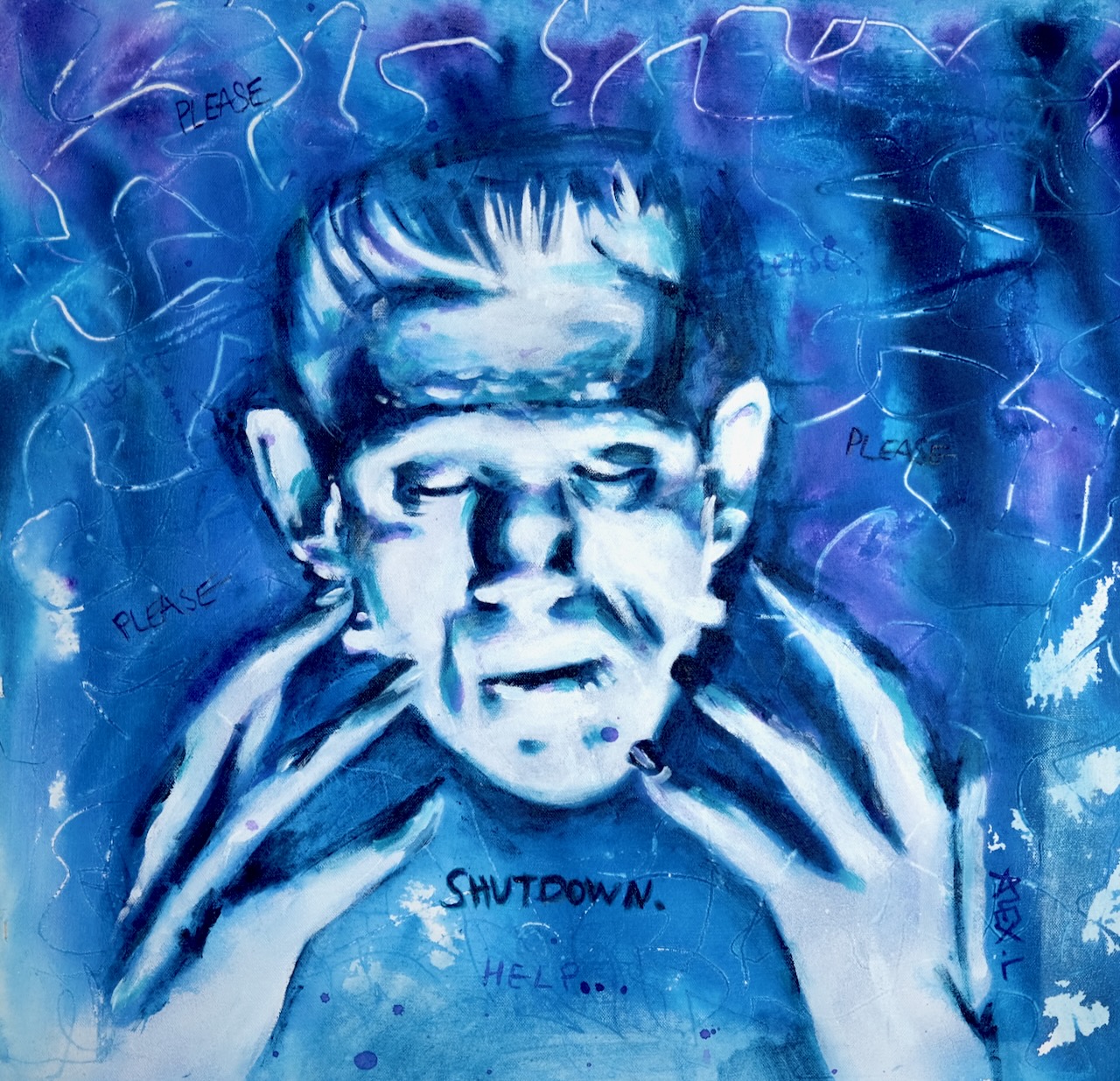
Art Against Meltdowns
Art is therapy. It is for everyone, but in a more general ambient sense. For me it’s an essential mechanism for managing my tempestuous mental health. It was literally prescribed. I’ve tried many “remedies” for managing my my mental health – physical, dietary, chemical, interpersonal, inadvisable, the lot. Nothing calms, regulates and centres me like…
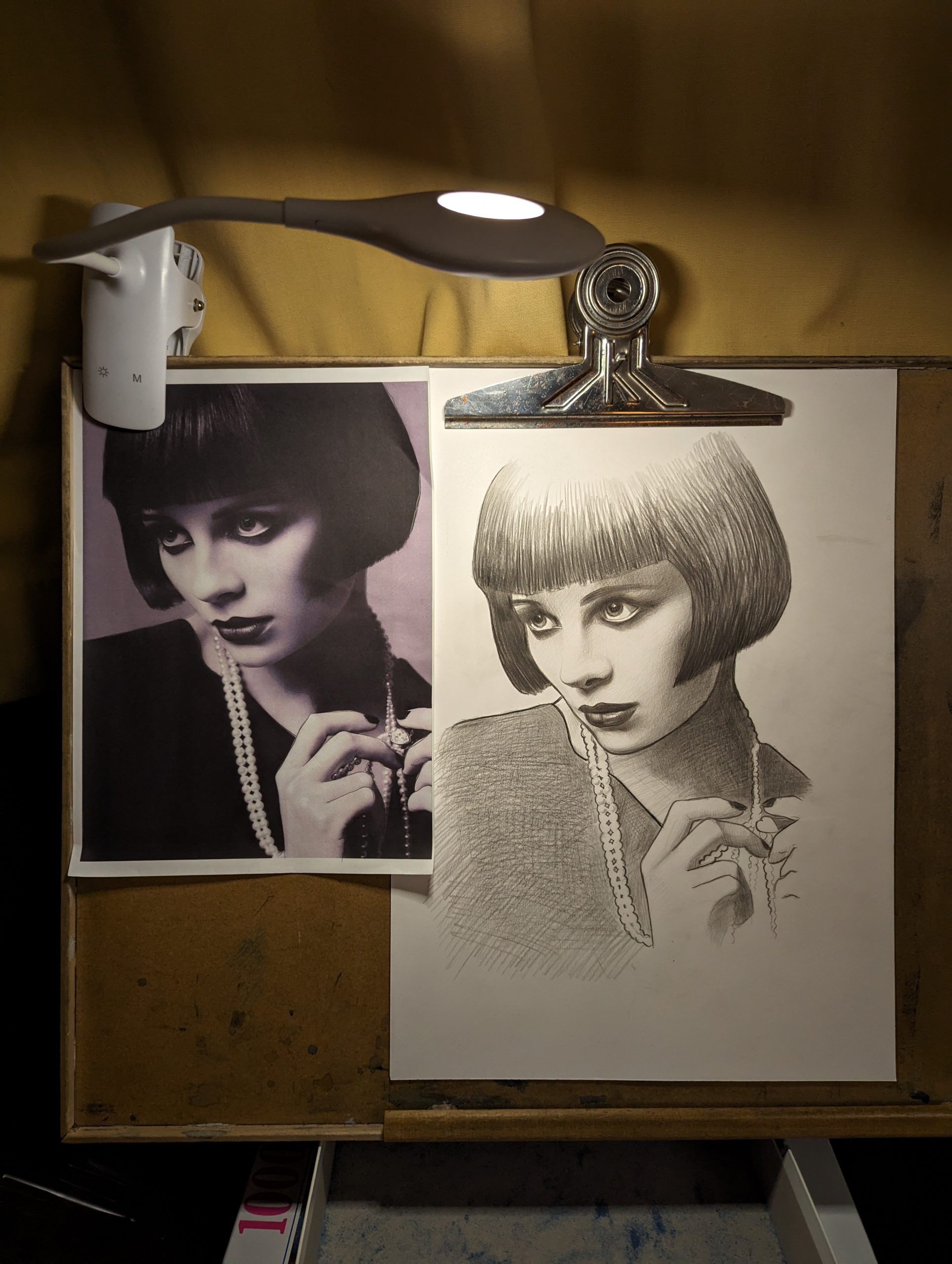
Drawing from multiple sources, or things I do while watching TV
While I watch TV I like to make pictures with pencil. I never just watch TV. I’m not very good at that. If I try I get restless and fidgety, then irritable, and eventually end up doing something else. It’s not that I don’t like watching TV. It’s one of my favourite activities. I simply…
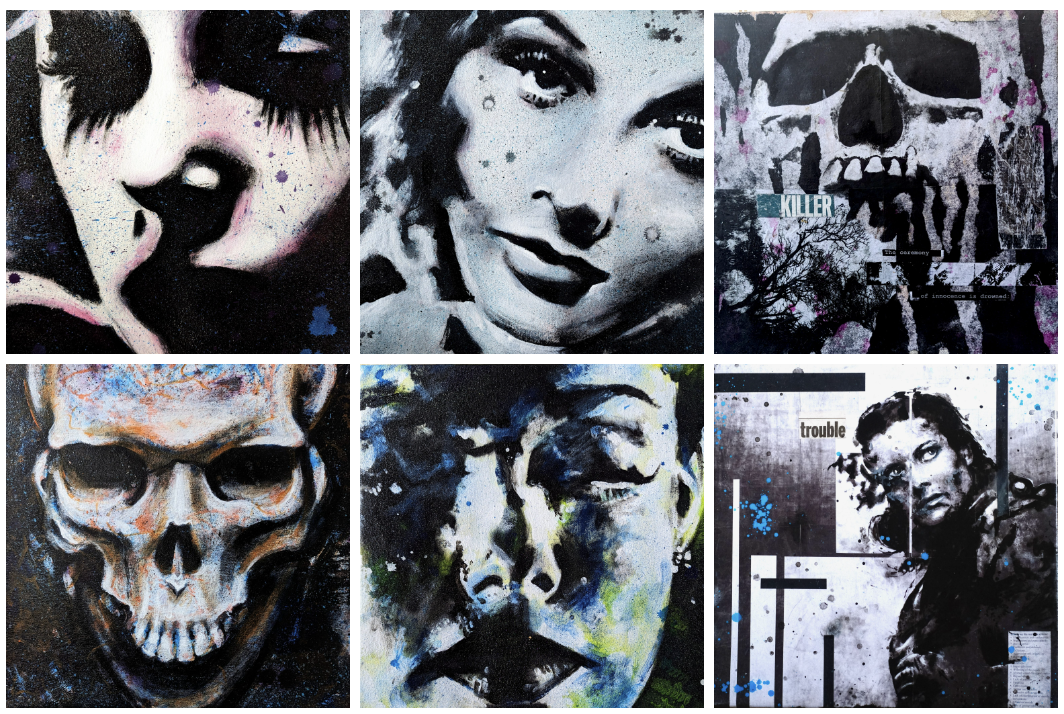
Romancing the AI – Using Neural Networks as part of the creative process
I’m not just an artistic genius you know. I have a day job (well, not at the moment, but let’s pretend) that involves me using clever coding algorithms to tease information out of voluminous and/or complex data sets. It’s both challenging and satisfying and I’m very good at it. It’s also not so different from…
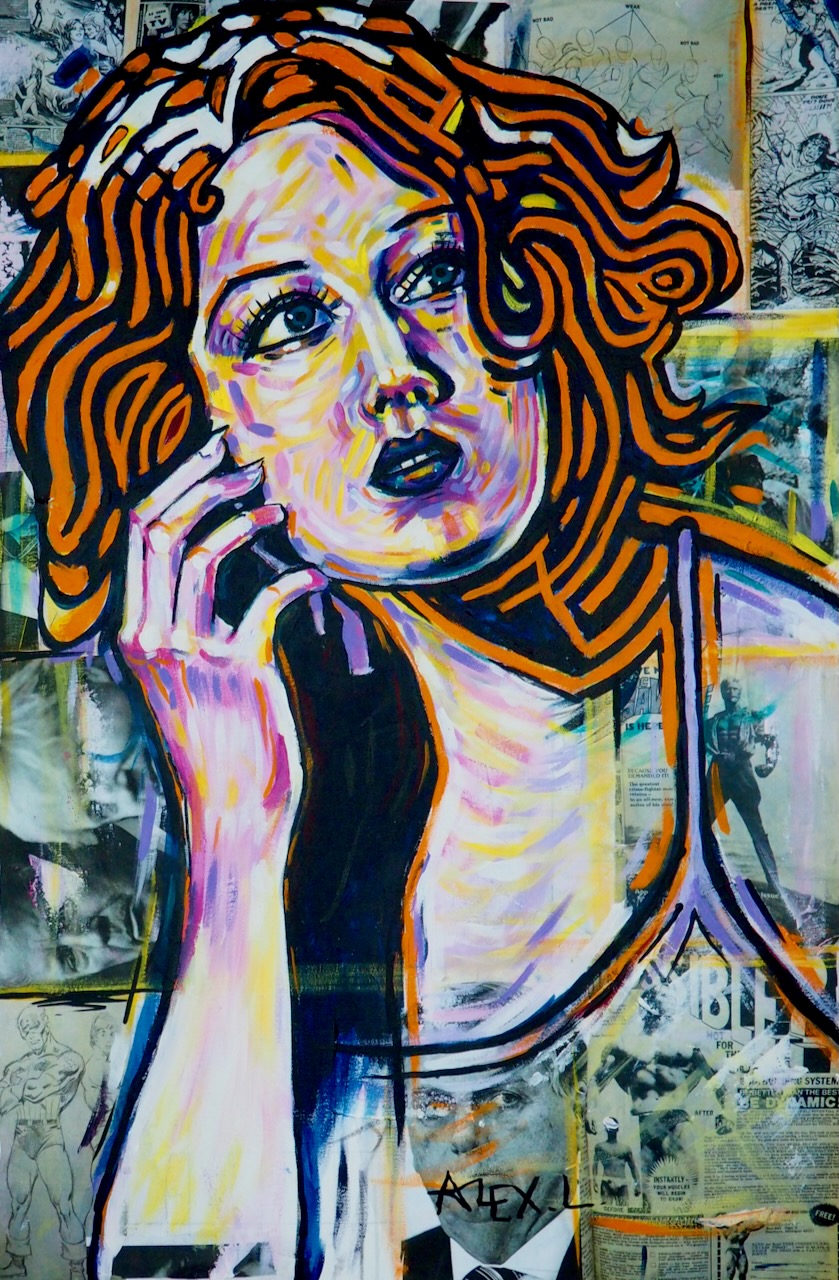
Kong-fu by Alex Loveless
In 2021, and really at every point in the past 5 or so years, I found myself outraged by the actions of silly small men, supposedly “strong” men, in positions of responsibility and power, abusing their position for personal gain, gratification and ego aggrandisement. Many thousands of people have suffered and continue to suffer because…
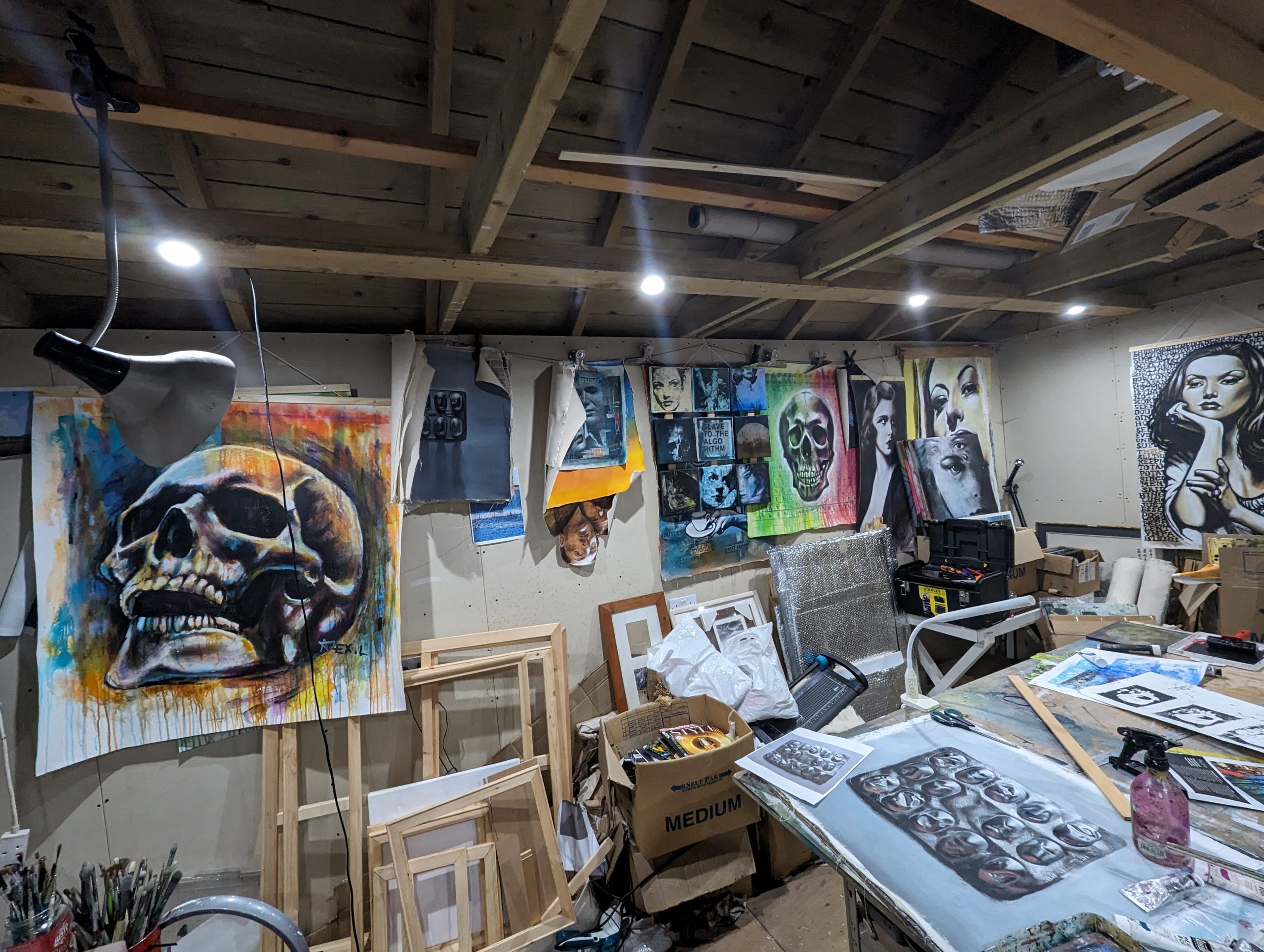
My studio today and what to do when you’re too close to the edge…
Here’s what my studio looks like today: It’s always a bit of a mess, and since I’m ramping up for an exhibition, it’s particularly chaotic. You’ll note my “washing line” along the back wall. This is actually a washing line chord, but I don’t tend to use it for drying paintings, or clothes for that…
